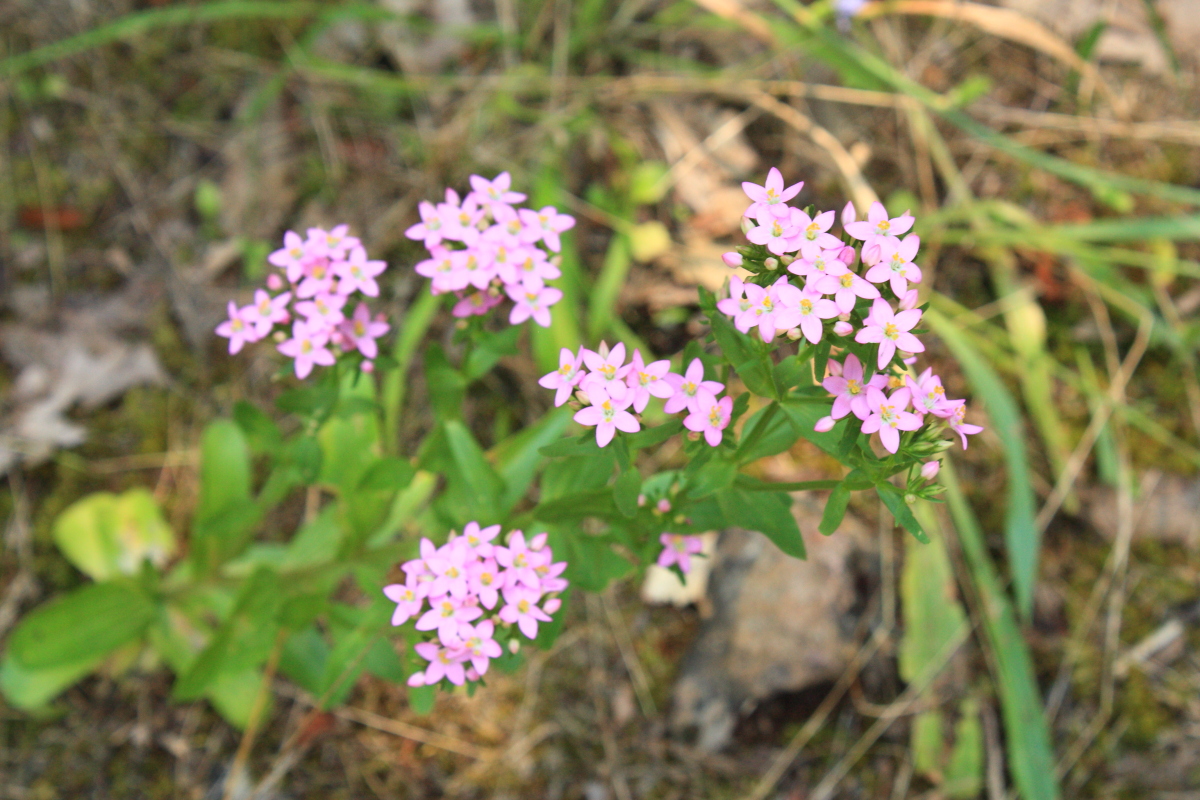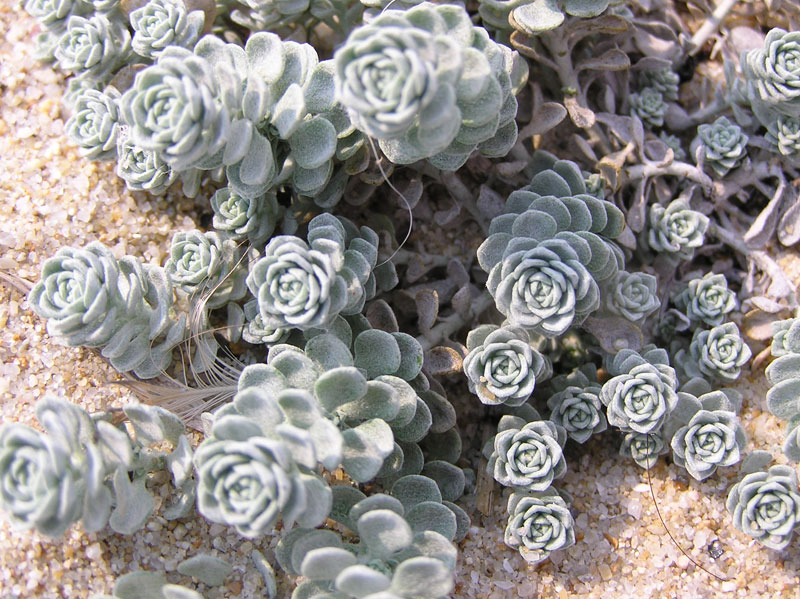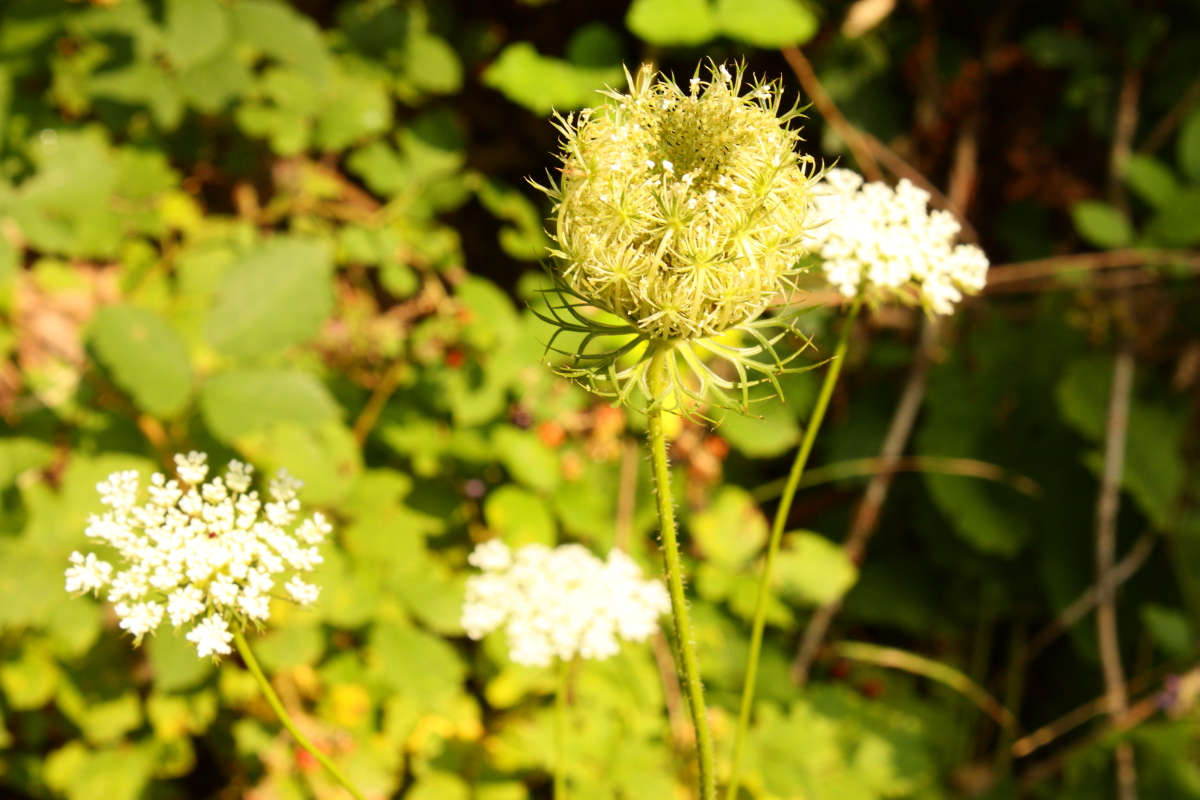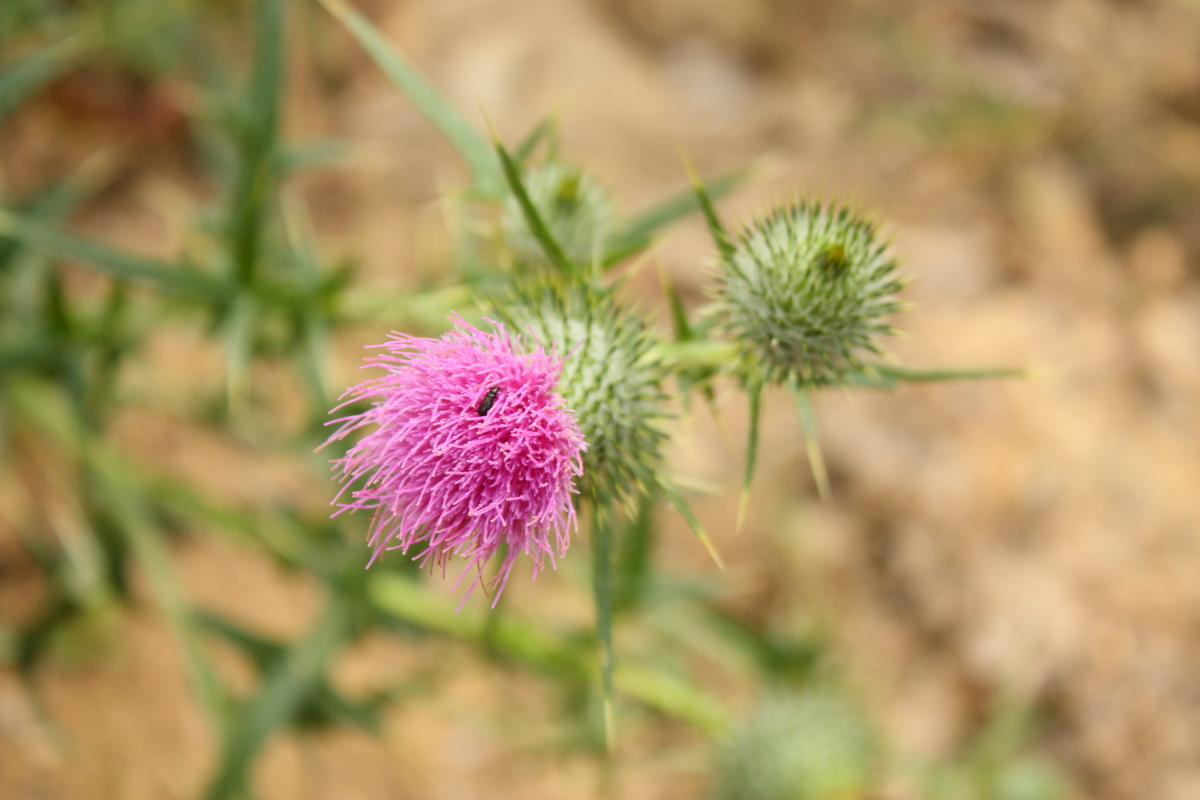Plants
Strandja vegetation has a unique specificity and even non-specialist fizionomicheski clearly distinguished from deciduous forests in Europe. Typical forest of beech and oak is the presence of relict evergreen undergrowth of bushes lavrovidni.
Located on the biogeographical crossroads flora of Strandja is a unique combination of relict South euxeinos, Mediterranean, Central European, Balkan, Eurasian, Pontic-Central and Atlantic groups floral elements. Feature here is the close involvement of trees and shrubs typical of the mountains, and at the same time meaningful participation of annual grasses, which in turn is typically dry and shallow soils in a Mediterranean climate.
Considerable presence in the vegetation of the park have communities of Mediterranean and sub-Mediterranean type: thermophilic oak woods with undergrowth of evergreen sclerophyllous shrubs like heather (Ericaarborea), distracted (Ruscusaculeatus) or grass from cap Hypericum (Hypericumcalycinum), and brush from the flu (Phillyrealatifolia) Pamukliyka (Cistusincanus), Tamianka (Cistussalvifolius), pyrene and others. Strong secondary distribution due to anthropogenic factors have bushes of hornbeam (Carpinusorientalis). Xerothermal grasslands occupying large areas along the coast and in the western part of the park belong to the manufacturing plants, as they are formed in place of the destroyed in the past by people burning. The most widely distributed communities Sadi (Chrysopogongryllus), of Belizmata (Dichantiumischaemum) and bulbosa (Poabulbosa). In coastal sands developed psammophytic vegetation and along the rivers, forests of black alder (Alnusglutinosa) and willows (Salixalba, S.fragilis), dense forest, riverside meadows and more.
Forests cover 80% of the park. They refer to 28 and 18 scrub forest habitat. These are habitats of yuzhnoevksinski type, including forests of eastern beech Strandja periwinkle forests durmast, forests of eastern beech and oak east, eastern oak forests of Strandja periwinkle forests of eastern beech Caucasian blueberry (Vacciniumarctostaphylos), forests of eastern beech, laurel (Laurocerasusofficinalis) and Colchis holly (Ilexcolchica), oak forests of eastern and Strandja periwinkle forests of eastern oak Caucasian primrose (Primularosea), eastern oak forests with Fagus, Bulgarian coastal dense forests, oak forests with lazhnik (Quercushartwissiana), forests of eastern beech, hornbeam and linden forests and heather (Callunavulgaris) and habitats of subevksinski type including oaks and other trees and forests dabovogabarovi. Habitat diversity in the park is complemented by the presence of sea coast, on the lower reaches of rivers, karst land and grassland habitats, shaped by millennia of human activity (semi-natural habitats).
The number of relict species in Strandja is large - 64, seven of them are found in the European Community only here - periwinkle Strandja wildly tree Caucasian blueberry, lazhnik, Common holly, skirt and colors Hypericum.
Account for 56 endemic floral species. Local Strandja Mountains are tarilovoto speedwell and Yordanov Anthemis, and for the western Black Sea coast - Kaliakra campion and lepidotrihumat. Bulgarian endemics are represented by six species, including Bulgarian pear, fennel thousand-water, local lady's bedstraw, Krumovo speedwell, Crimean Lenny others. Balkan endemics are 40 species, among which Strandja soapwort.
Plants of Strandja four species are endangered on a global level, such as local endemics tarilovo speedwell and Yordanovo Anthemis; other 11 - European, like a mad tree Strandja germander and others.; 113 species have been recorded in the Red Book of Bulgaria. Some species have only park in their field for Bulgaria - reynholdska bee, venchelisten mullein, Crimean tea lavroviden lavdan and others. Protected plants 75 species, five are protected at European level - spring cyclamen, blueberry Strandja, Provencal orchid and others.
|
  


|
